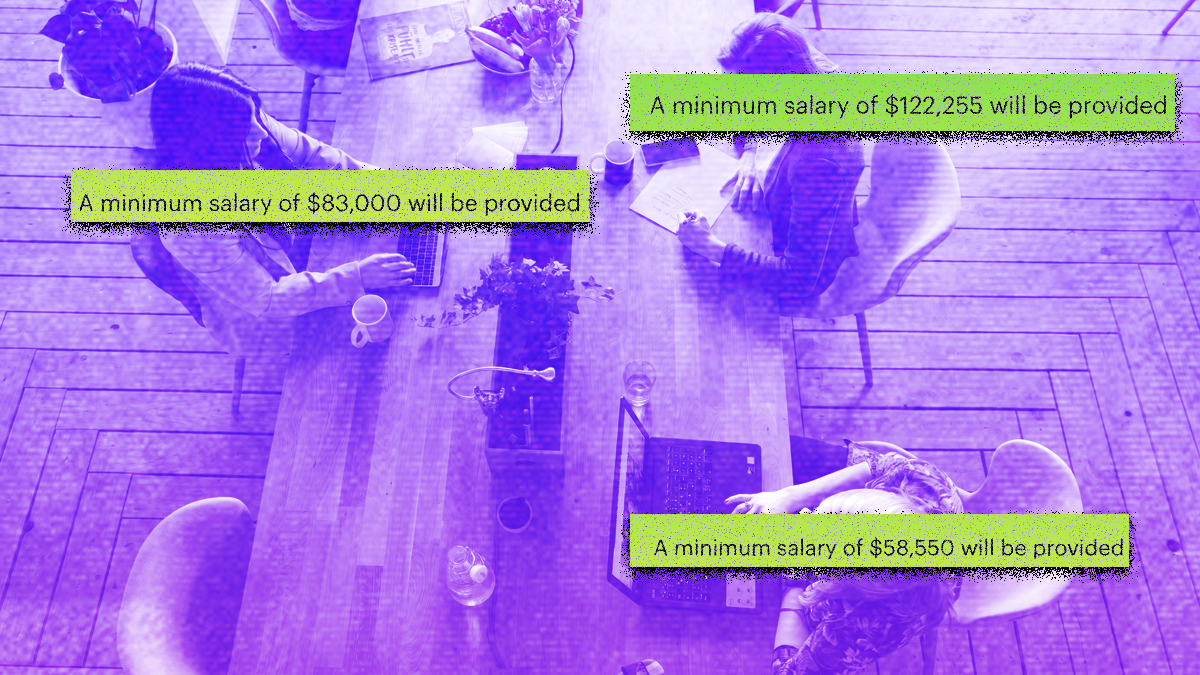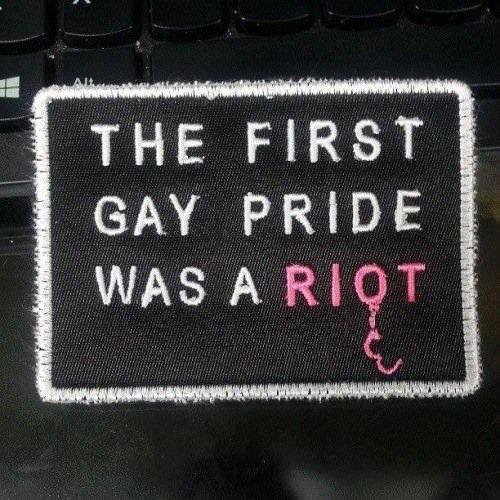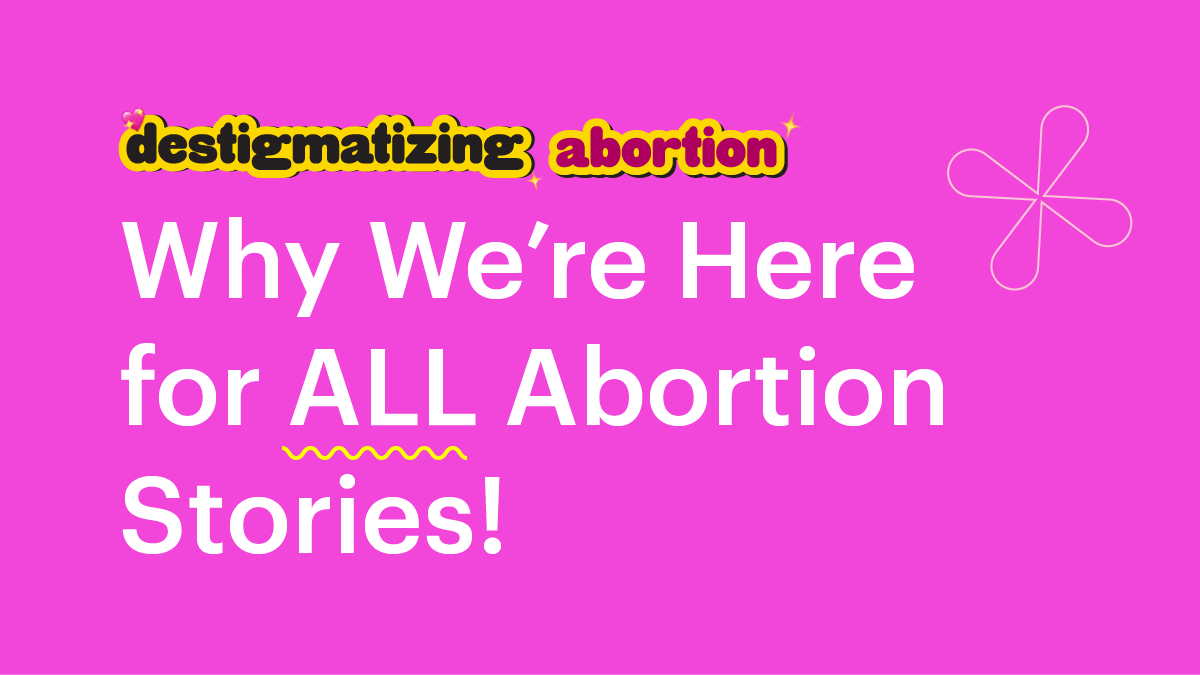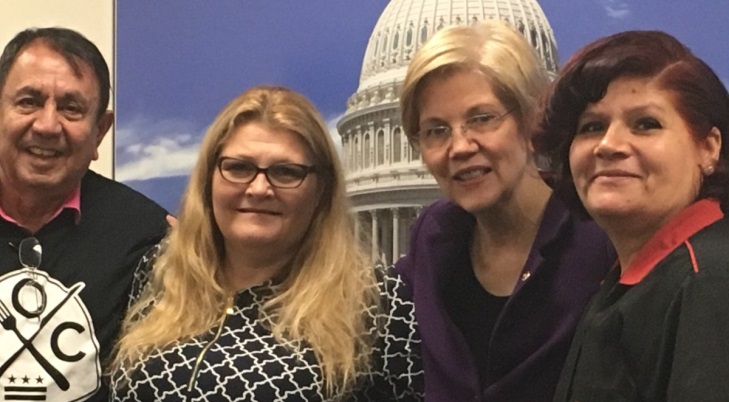What We Need to Close the Wage Gap Is Surprisingly Simple

The gender wage gap is like the low-rise jean trend—it refuses to go away!
March 14th is Equal Pay Day, a day to remind us that, in 2021, women working full time, year-round in all sectors were paid only 84 cents for every dollar paid to a man. And that’s just talking about women overall. If we break it down by race and industry, the gender wage gap only gets wider and grimmer for many women of color.
For decades, our country has tried and failed to eradicate this wage gap. But somehow, we’ve been overlooking one of the simplest (and most obvious) solutions:
Pay transparency.
I.e., Being able to see how much you could get paid for a job because employers include the pay range in the job announcement.
Pay negotiations are notoriously unfavorable to women: Women who negotiate are perceived as greedy and not team players; relatedly, because women are typically coming from roles where they are paid less, women often ask for less than their equally qualified male counterparts. Research shows that women of color, who experience the largest wage gaps, state dramatically lower minimum salary requirements than white men, white women, and men of color. Indeed, one online job platform found that women of color expect salary requirements that are 40% less than their white male counterparts.
But when job applicants are clearly informed about the context for negotiations, like the range of pay, these gender differences in negotiation outcomes diminish… which could help narrow gender and racial wage gaps and raise wages for low-paid workers—who are disproportionately women.
This powerful and simple tool to combat the gender wage gap has led 8 states, including Washington, California, New York, and Colorado, to pass laws requiring employers to share what they are planning on paying for positions. And emerging findings have been encouraging. For example, in Colorado, where a pay range transparency law has been in effect since 2021, a study found that wages on job postings have gone up on average!
With many state legislatures in session, we are seeing pay range transparency bills take off across the country. Here are the other states that are considering pay transparency legislation this year, and some of the organizations supporting these efforts (if you are working on this issue and not listed below, please let us know)!
- Connecticut (Connecticut Women’s Education and Legal Fund)
- District of Columbia
- Georgia (9to5 Georgia)
- Hawaii (American Association of University Women (AAUW) of Hawaii)
- Illinois (Shriver Center on Poverty Law ; Women Employed)
- Iowa
- Kentucky
- Maine (Maine Women’s Lobby; Maine Employment Lawyers Association)
- Maryland (Executive Alliance; Maryland Center for Economic Policy)
- Massachusetts (The Boston Foundation; Wage Equity Now Coalition)
And there’s more good news beyond just the salary negotiation process: Pay range transparency also holds employers accountable by incentivizing them to proactively review their compensation policies to ensure they’re fairly setting their pay. And if they’re choosing to be unfair, pay transparency helps employees figure that out sooner rather than later so they can seek new, better, and more well-paid opportunities elsewhere!
Pay range transparency can also help employers attract Gen Z talent (and yes, they may come to work wearing low-rise jeans).
Adobe’s Future Workforce Study of upcoming college seniors and recent college grads revealed 85% are less likely to apply for a job if the company does not disclose the salary range in the job posting. They know that pay transparency is a sign of a more equitable workplace—and we know it will also help foster a more equitable economy overall.
Although women make up just under half of the U.S. workforce, they represent nearly two-thirds of the workforce in the 40 lowest-paying jobs. And if the wage gap were to close, poverty rates for working women would be reduced by over 40%.
By holding employers accountable to set fair pay practices and economically empowering women, pay transparency is a simple tool to close gender and racial wage gaps.
Read more about the link between pay transparency and the narrowing of the gender wage gap here.





